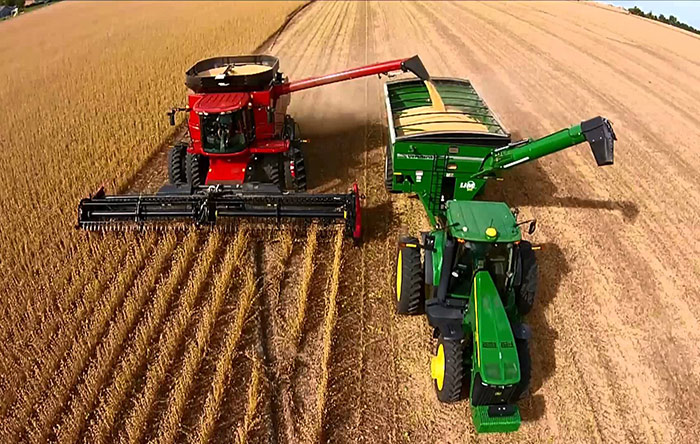 |
| farm |
A cap on the level of direct EU supports to farms across Europe will be set at a maximum of €100,000, with Member States able to set a national cap of between €60,000 and €100,000.
However, in announcing the European Commission's proposals today, the EU Commissioner for Agriculture and Rural Development Phil Hogan said that it would be possible for farms to be split to ensure they can claim larger supports.
He said that Member States can choose what national cap they want on EU farm supports, with a €60,000 to €100,000 limit proposed.
This support, he said, will in effect be more when labour costs are calculated and said it was now up to the political will of the European Parliament and Member States to implement the proposals.
"€60,000-€100,000 would be the choice or band of choices available to Member States," he said amid proposals to modernise and change the Common Agricultural Policy.
"We can only make a proposal... there are options if Member States and the European Parliament have the political will to agree with me that supporting younger farmers is the way to go and that access is made available to financial instruments for larger farmers."
The focus should be on smaller and medium sized farmers, he said in Brussels today.
However, he admitted that it will be impossible to stop farms from being divided up as business units to draw down more supports.Today's proposals centre around a budget of €365 billion and aim to give Member States greater flexibility and responsibility for choosing how and where to invest their CAP funding, he said.
The main features of the Commission's proposals for a modernised, simplified CAP include greater flexibility in how to use their funding allocations.
Member States will also have the option to transfer up to 15pc of their CAP allocations between direct payments and rural development and vice-versa to ensure that their priorities and measures can be funded.
Priority will be given to supporting the small and medium-sized farms that constitute the majority of the EU's farming sector, and to helping young farmers.
Countries will have to set aside at least 2pc of their direct payment allocation for helping young farmers get set up. This will be complemented by financial support for rural development and different measures facilitating access to land and land transfers.
It also announced that there will be higher ambitions on environmental and climate action and each Member State will have to offer eco-schemes to support farmers in going beyond the mandatory requirements, funded with a share of their national direct payments' allocations.
At least 30pc of each rural development national allocation will be dedicated to environmental and climate measures and 40pc of the CAP's overall budget is expected to contribute to climate action.
In addition to the possibility to transfer 15pc between pillars, Member States will also have the possibility to transfer an additional 15pc from Pillar 1 to Pillar 2 for spending on climate and environment measures (without national co-financing).









No comments:
Post a Comment